Oxalates – The Hidden Cause of Pain
It seems every time I do a new functional medicine test on myself I find another explanation for the myriad of my gut-brain related issues. One such test is Organic Acids (OAT) which I have been using in clinic with my ‘complex’ clients such as children with Autism and adults with chronic gut and brain issues such as unresponsive to treatment IBS, anxiety and depression. I finally ordered a test for myself and was rather shocked to find my levels of oxalate metabolites through the roof.
Now, the tricky thing is I don’t really have any of the symptoms associated with high oxalate levels- listed below. What I do have and have had for a long time is ‘adrenal fatigue’. And when I get my pulse tested by a Chinese medicine practitioner friend, he always says ‘kidney weakness’. I had always assumed that kidney weakness was related to the adrenals. However, knowing my oxalate levels has given me a new perspective- it’s not just the adrenals, it’s my actual kidneys that are under functioning!
And I discovered that my ancestral based diet high in nuts and seeds, leafy green vegies and sweet potato was not helping the issue.
What are Oxalates and Why are they a problem?
Oxalates, just like pyrroles are markers for oxidative stress. They are miniscule hard crystal structures that can deposit in soft tissues, kidneys being a common target with kidney stones. High oxalate levels often lead to kidney stones, but also can deposit and harden in any soft tissues including the lungs, brain, joints and blood vessels, leading to pain conditions such as migraines/headaches, fibromyalgia and other inflammatory pain as well as behavioural and speech problems in children on the spectrum.
Oxalate crystals in the bone may crowd out the bone marrow cells, leading to anemia and immunosuppression. High oxalates in the body can contribute to many chronic conditions such as digestive disorders, autoimmunity and neurological conditions. They are inflammatory particles and through impacting mitochondria- our energy producing structures- influence every major body system.
“Oxalic acid is the most acidic organic acid in body fluids and is used commercially to remove rust from car radiators. Antifreeze (ethylene glycol) is toxic primarily because it is converted to oxalate”- William Shaw, Phd
The body has mechanisms to get rid of oxalates, however certain genetic predispositions, poor gut health, nutrient deficiencies (particularly calcium and magnesium) as well as over-consumption of high oxalate foods contribute to poor elimination of oxalates.
Oxalates equal increased oxidative stress just like pyrolles and bilirubin. I’m actually blown away at this point at how crappy my genetics are because I have all 3 issues- tendency to elevated pyrolles, Gilbert’s syndrome (elevated bilirubin) and now- oxalates! These are some of the reasons why some people have to work SO MUCH harder to keep their diet, lifestyle and gut health in a good state.
Oxalates can also act as ‘bad’ chelators of heavy metals such as mercury. ‘Bad’ because they trap heavy metals in the body tissues rather than excreting them.
There is usually a deficiency of calcium and magnesium present in conjunction with elevated oxalate levels- these minerals in sufficient quantities are essential to escort oxalates from the body. Oxalates in the gastrointestinal tract bind calcium, magnesium, and zinc, perhaps leading to deficiencies even when dietary sources should be adequate. Calcium, magnesium and zinc deficiencies are endemic today and I see it multiple times a week on my clients’ hair analyses.
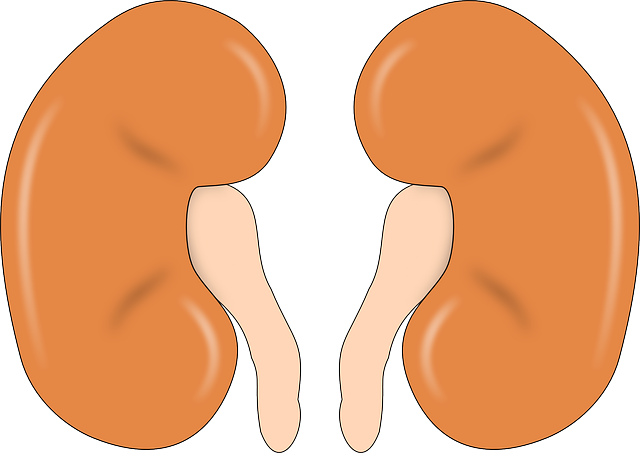
Complication! Candida and mould species produce oxalates
The number of people today who have candida overgrowth in the gut is quite astounding (I haven’t yet seen an OAT test result without it) due to our overuse of antibiotics, medications and stressful lifestyles. Candida is toxic to the body when it is overgrown out of proportion and produces many toxic metabolites such as aldehydes (alcohol particles that give you brain fog and make you feel slightly tipsy the whole day long even though you haven’t been drinking). In addition to aldehydes, candida produces oxalates! So addressing gut health is critical.
Exposure to mould is an increasing problem today and around 25% of the population have immune HLA genes that predispose them to CIRS (chronic inflammatory response syndrome) where even brief past exposure to mould creates chronic and debilitating symptoms such as chronic fatigue, body aches and pains, eyesight changes, respiratory problems and many more. Mould in the body can produce oxalates which is probably the mechanism by which people have so much body pain after mould exposure. So if you have candida and other fungal species elevated on OAT there is a pretty high chance you have oxalates elevated too.
Foods high in oxalates
Food is a direct source of oxalate and the most common cause of disproportionately elevated oxalates.
The frustrating part is that the dietary recommendations many follow these days for optimal gut and immune health (me included!) – Paleo/ancestral type eating or the vegan/vegetarian plans are very oxalate heavy diets. Think almond milk everything, almond meal desserts and treats, dark chocolate and cacao powder, spinach smoothies, sweet potato, lots of nuts and seeds. For vegans/vegetarians: tons of soy and beans, leafy greens, nuts and seeds. Oxalates galore!

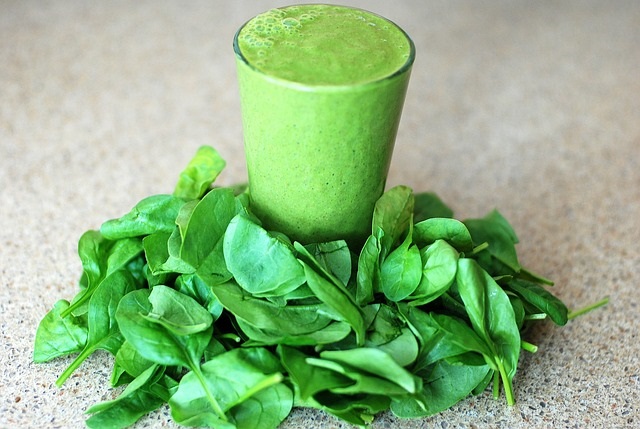
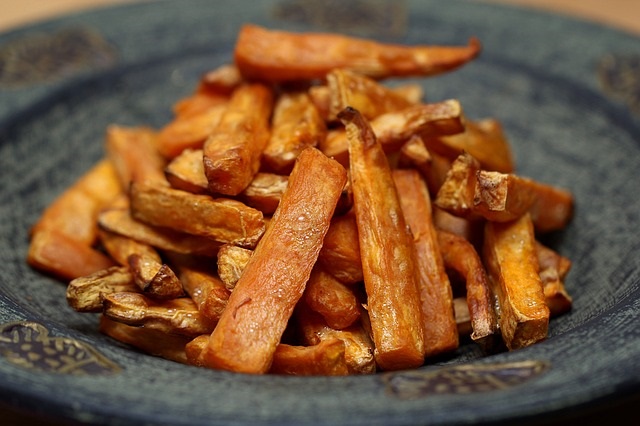
It is important to manage an oxalate diet with the help of a practitioner as long term elimination of these healthy foods is also problematic.
The following is a list of foods with highest oxalate amounts, it is important to SIGNIFICANTLY reduce intake of these. Very sadly these are mostly healthy foods so it’s very important to work with a practitioner on an individual treatment plan to ensure the dietary restrictions are short term for treatment only.
Foods marked with an * are very high in oxalates and should be completely eliminated.
For a very detailed list, see: https://www.upmc.com/-/media/upmc/patients-visitors/education/unique-pdfs/low-oxalate-diet.pdf
| Very high oxalate foods | Low oxalate foods to choose instead |
| · Spinach*
· collards · swiss chard*
|
· Cabbage, endive
· Small quantities of: lettuce, rocket, asparagus, watercress |
| · Soy foods* including tofu and tempeh and soy sauce
· Soybean crackers*
|
· Meat, seafood, fish and ham
· Sardines and liver (small quantities) · Goat and sheep cheese if tolerated, butter |
| · Chocolate*
· cacao powder
|
Sadly no replacement☹ |
| · Black Tea*
· instant coffee*
|
· Green tea and herbal tea such as peppermint and camomile |
| · Almonds, cashews, walnuts
· Peanuts* and peanut butter* · Pecans* · Seeds and tahini
|
· Avocado
· Protein: meat, seafood, fish, ham · Flaxseed and sunflower seeds (small quantities) |
| · Sweet potatoes*
· white potatoes · beetroot · Green beans · Baked beans · celery · Zucchini · Parsley* · dandelion · Eggplant · Okra · Cinnamon · ginger
|
· Peas • Cauliflower • Kohlrabi • Radishes • Chives • Mushrooms • Water chestnut • Cucumber
· Basil, oregano, peppermint, sage · Broccoli (small quantities)
|
| · Berries: blackberries, blueberries, raspberries, strawberries, figs
· Grapes, kiwi · Fruit cake · Lemon and lime peel* · Rhubarb*
|
· Cherries, bananas, pear, papaya, lemons and lemon juice
· Apple, apricot (small quantities) |
| · Wheat germ*
· White corn · kamut |
· Brown, red and black rice
|
Ascorbic acid and vitamin C
Ascorbic acid can convert to oxalate, so regular use of vitamin C supplements may increase oxaluria and be associated with an increased risk of stone formation (Finkielstein, V., Goldfarb, D., 2006.). In clinic I have switched from using synthetic ascorbic acid supplements (95% of the supplements on the market) to wholefood only vitamin C. Another reason for this is that I see so many people with pyrolles and copper overload and ascorbic acid uncouples copper from ceruloplasmin, it’s carrier protein leading to increases of unbound copper which is a major source of oxidative stress.
A very important factor that accelerates vitamin C breakdown to oxalate is the amount of free copper in the blood.
Fat digestion and oxalates
Excessive fats in the diet may cause elevated oxalate if the fatty acids are poorly absorbed because of bile salt deficiency. Non-absorbed free fatty acids bind calcium to form insoluble soaps, reducing calcium ability to bind oxalate and reduce oxalate absorption. Fat metabolism needs to be optimised through addressing liver and gallbladder health in order to minimise oxalate accumulation.
Who should get tested
The most complete testing for oxalates is via an Organic Acids Test, which I regularly order in clinic. If you can relate to the issues below, seriously consider testing.
- You suffer from unexplained pains- in kidney/lower back area, headaches/migraines, pain behind the eyes, joint and muscle pain, fibromyalgia.
- You suffer from vulvodynia (vaginal pain)
- You have suffered from kidney stones of have family history of kidney stones
- You have symptoms of candida or other fungal overgrowth such as: thrush, fungal toes, food intolerances, brain fog, fatigue
- You have known exposure to mold past or present
- You are a child on the spectrum or just unexplained behavioural issues
- You have tested positive for pyroluria and have zinc and B6 deficiencies
- You eat a diet rich in high oxalate foods
Testing and results
The OAT shows 3 metabolites of oxalates in the body:
In humans and in yeast, glyoxalate is the parent compound that can be converted into the three metabolites measured on the Organic Acids Test (OAT): glyceric, glycolic, and oxalic acid:

Image from: www.greatplainslaboratory.com
People with family history of kidney stones have genetic deficiencies in the enzymes that drive these pathways and cause the distinguishing features of the disease. All three markers can be elevated because of yeast and endogenous (within the body) production.
“Food and mould produce oxalate in the body directly. So, when these are the source of excess, only oxalate will be elevated on the test. Low oxalate values do not rule out an oxalate issue and extremely elevated values are not always equated with pain (though the potential certainly exists)” (Great Plains Laboratory).
Oxalates in Autism
Many children on the spectrum have elevated yeast and candida levels and many have genetic glitches with pyrolles. Many are calcium and magnesium deficient. Many are put on well meaning wholefood diets where sugary treats are replaced with nut and seed treats and spinach smoothies. These are some of the factors that predispose these kids to elevated oxalate levels.
Oxalates in the urine are much higher in individuals with autism than in normal children: 84% of the children on the autistic spectrum had oxalate values outside the normal range (Great Plains laboratory data).
Low oxalate diets are being used to treat children on the spectrum. Some of the benefits from a low oxalate diet as reported by the parents include:
- Improvements in gross and fine motor skills
- Improvements in expressive speech
- Better counting ability
- Better receptive and expressive language
- Increased imitation skills
- Increased sociability
- Speaking in longer sentences
- Decreased rigidity
- Better sleep
- Reduced self-abusive behavior
- Increased imaginary play
- Improved cognition
- Loss of bed wetting
- Loss of frequent urination
- Improved handwriting
- Improved fine motor skills
- Improvement in anemia … and many others (source: Great Plains Labs)
“The most serious error in adopting the gluten-free, casein-free diet is the failure to adequately supplement with calcium”- William Shaw PhD
Treatment is a multi-step process and OAT testing and re-testing is highly recommended:
Key treatment steps include:
- Restore gut health: address candida and other yeast overgrowth
- Restore gut health with long term probiotic therapy
- Eliminate sources of any exposure to mold and test for mold sensitivity
- Significantly reduce oxalate foods slowly– talk to your trusted nutritionist or naturopath about how to do this effectively. Oxalate ‘dumping’ can occur and will exacerbate symptoms.
- Address liver and gallbladder health: bile is essential to prevent fats from binding with calcium and increasing oxalate levels
- Omega 3 fats, selenium and vitamin E can all help with reducing oxalate accumulation
- Take supplements that help bind oxalates and eliminate them in stool- a combination of calcium, magnesium and potassium citrate is best. Caution needs to be taken here and hair analysis always performed as many people already have very high calcium retention and need to tread carefully. Some people have elevated potassium levels and high blood pressure. This part has to be highly individualised and based on testing.
- Restore levels of vitamin B6: sufficient B6 is required to help with the conversion of glyoxalate to glycine in the body. Maintaining sufficient levels of vitamin B6 will help with the endogenous production. This is where people with pyrolles have problems and pyrolle testing and treatment is required. For more info on pyrolles read my blogs here and here.
- Optimise your water intake- this is individual also, but the right quality of pure water helps with oxalate removal
To find out more about oxalates, testing and treatment, click HERE to book your consultation with Maria.
REFERENCES:
- https://www.greatplainslaboratory.com/gpl-blog-source/2016/8/8/oxalates
- Finkielstein, V., Goldfarb, D., (2006). Strategies for preventing calcium oxalate stones. Canadian Medical Association Journal , 174 (100). Published online doi: 10.1503/cmaj.051517
- William Shaw, PHd, “OXALATES CONTROL IS A MAJOR NEW FACTOR IN AUTISM THERAPY”Oxalates: Test Implications for Yeast & Heavy Metals, Great Plains laboratory

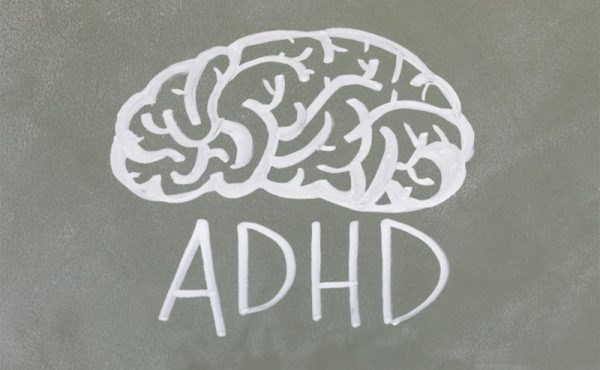

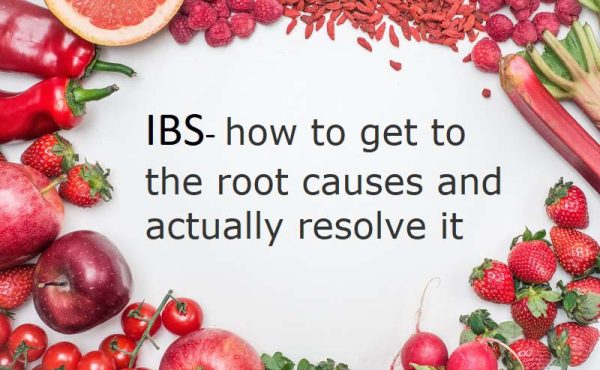



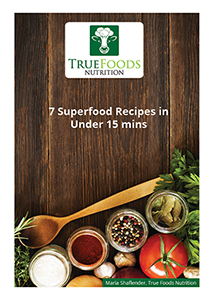
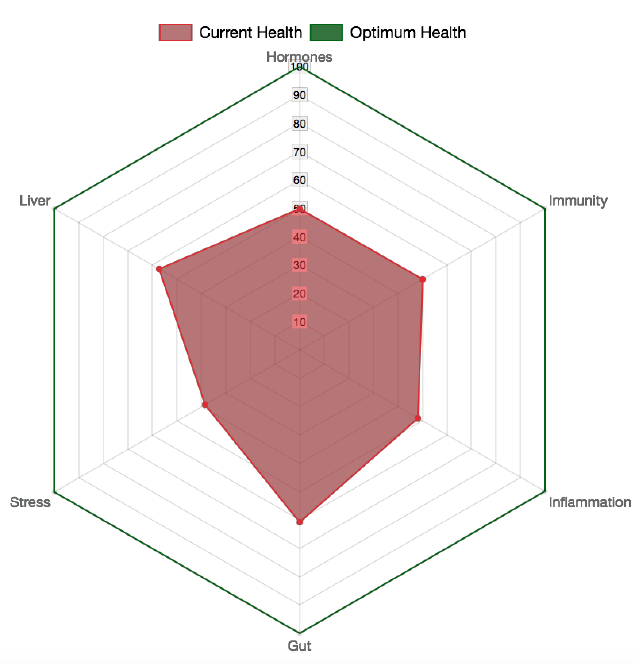


Fantastic article! My daughter was told that she had little gut enzymes and would have difficulty digesting oxalates. At the age of 23, her weight increased significantly and now at 30 She is morbidly obese. Also a zinc deficiency that can never be satisfied even with significant supplement levels…. so…. is this the missing puzzle piece? I thought it was the thyroid but this is making sense! Could this account for signicsnt weight gain especially around the midsection?
Fantastic article! My daughter was told that she had little gut enzymes and would have difficulty digesting oxalates. At the age of 23, her weight increased significantly and now at 30 She is morbidly obese. Also a zinc deficiency that can never be satisfied even with significant supplement levels…. so…. is this the missing puzzle piece?
I would like to know if organic carob powder is low enough in oxalates to safely consume?
Thank you so much!
Hi Emily, sadly carob is also high in oxalates
I had the OAT’s test done recently and it showed no problem with oxalates. I don’t believe it was accurate. I have many symptoms (fibromyalgia) that say otherwise. Especially because I can tell the difference on a low oxalate diet. My question is I was given herbal tinctures for adrenal and thyroid support. my aches and pains have returned and I am thinking the herbs in the supplements are high oxalate. Can you give me any advice on what I can take instead? And are you aware that this test can be inaccurate? Thank you!
Hi Lois, it’s not possible for me to recommend anything without understanding your full case. I would consider further functional medicine testing to understand the underlying causes of fibromyalgia. Feel free to book a call here:
https://www.truefoodsnutrition.com.au/clinic-bookings-2/bookings/
cheers